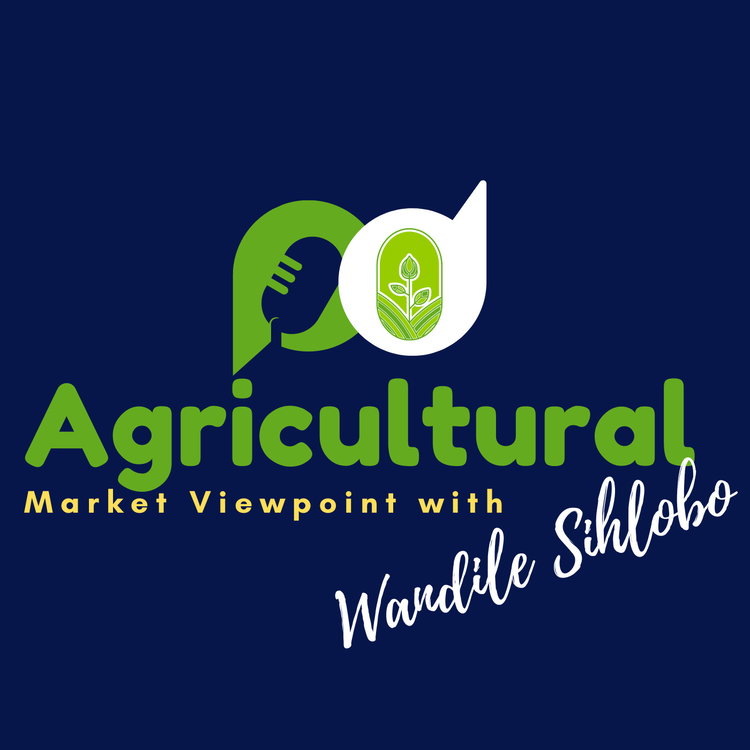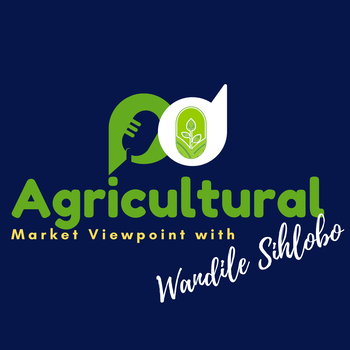
The global grain and oilseeds supplies remain plentiful, but the drought in South Africa will still hurt
Loading player...
While the summer grain and oilseeds production prospects for the 2023/24 season seem bleak in Southern Africa because of the excessive dryness and heatwave, the global production conditions remain reasonably optimistic. On March 14, the International Grains Council (IGC) released its monthly update of the 2023/24 global grain and oilseeds production, with some upside adjustments for significant crops.
For example, the 2023/24 global maize harvest forecast at 1,2 billion tonnes, up 6% year-on-year. This improvement is due to better crop expectations in the US, Argentina, Ukraine, China, the EU, and Russia. Consequently, the stocks will also lift by 5% year-on-year to 294 million tonnes.
The IGC forecasts that the 2023/24 global wheat harvest will reach 789 million tonnes, well above the long-term average levels (albeit down 2% year-on-year). A poor harvest in parts of Russia, Canada, Ukraine, Australia, the United Kingdom and Kazakhstan underpins the decline in the overall harvest. Still, the global wheat consumption will likely remain strong, particularly in Asia. As such, the IGC forecasts a 5% decline in stocks to 267 million tonnes. But from a long-term perspective, these will still be healthy stocks.
There is a lot of rice globally, with the 2023/24 global harvest forecast at 511 million tonnes, well above the long-term average (but down 0,6 year-on-year). The minor decline in the harvest is primarily in India, Thailand, China and Indonesia. The global rice consumption will likely remain stable this marketing year, and thus, the IGC also left the ending stocks roughly unchanged from the 2022/23 marketing year at 43 million tonnes. These stock levels are broadly favourable for rice price moderation in the months ahead, which had started softening since the beginning of the year. This followed an uncomfortable price surge at the end of 2023 when India decided to limit the exports of the product.
It is also worth noting that the 2023/24 global soybean harvest is estimated at 391 million tonnes, up 5% year-on-year. The robust harvest in Argentina, China, Canada, Russia, Ukraine, and Paraguay significantly drove this expected uptick in the global soybean harvest. With global soybean consumption reasonably stable, the increase in production resulted in an improvement in the global soybean stocks, now forecast at 66 million tonnes, up 12% year-on-year.
The global agricultural prices already reflect this environment of improved supplies. For example, the Food and Agriculture Organization of the United Nations (FAO) recently released its Food Price Index for February 2024. This index measures the monthly change in international prices of agricultural commodities, not final food products. The FAO Food Price Index averaged 117.3 points in February 2024, down 1% from its revised January level and 11% from last year's corresponding period. The broad decline in grains and oilseed prices underpinned this moderation, again underscoring the importance of improved supplies in the 2023/24 season.
My writing on agricultural economic matters is available on my blog: https://wandilesihlobo.com/
Podcast production by: Lwandiso Gwarubana, Richard Humphries, and Sam Mkokeli
For example, the 2023/24 global maize harvest forecast at 1,2 billion tonnes, up 6% year-on-year. This improvement is due to better crop expectations in the US, Argentina, Ukraine, China, the EU, and Russia. Consequently, the stocks will also lift by 5% year-on-year to 294 million tonnes.
The IGC forecasts that the 2023/24 global wheat harvest will reach 789 million tonnes, well above the long-term average levels (albeit down 2% year-on-year). A poor harvest in parts of Russia, Canada, Ukraine, Australia, the United Kingdom and Kazakhstan underpins the decline in the overall harvest. Still, the global wheat consumption will likely remain strong, particularly in Asia. As such, the IGC forecasts a 5% decline in stocks to 267 million tonnes. But from a long-term perspective, these will still be healthy stocks.
There is a lot of rice globally, with the 2023/24 global harvest forecast at 511 million tonnes, well above the long-term average (but down 0,6 year-on-year). The minor decline in the harvest is primarily in India, Thailand, China and Indonesia. The global rice consumption will likely remain stable this marketing year, and thus, the IGC also left the ending stocks roughly unchanged from the 2022/23 marketing year at 43 million tonnes. These stock levels are broadly favourable for rice price moderation in the months ahead, which had started softening since the beginning of the year. This followed an uncomfortable price surge at the end of 2023 when India decided to limit the exports of the product.
It is also worth noting that the 2023/24 global soybean harvest is estimated at 391 million tonnes, up 5% year-on-year. The robust harvest in Argentina, China, Canada, Russia, Ukraine, and Paraguay significantly drove this expected uptick in the global soybean harvest. With global soybean consumption reasonably stable, the increase in production resulted in an improvement in the global soybean stocks, now forecast at 66 million tonnes, up 12% year-on-year.
The global agricultural prices already reflect this environment of improved supplies. For example, the Food and Agriculture Organization of the United Nations (FAO) recently released its Food Price Index for February 2024. This index measures the monthly change in international prices of agricultural commodities, not final food products. The FAO Food Price Index averaged 117.3 points in February 2024, down 1% from its revised January level and 11% from last year's corresponding period. The broad decline in grains and oilseed prices underpinned this moderation, again underscoring the importance of improved supplies in the 2023/24 season.
My writing on agricultural economic matters is available on my blog: https://wandilesihlobo.com/
Podcast production by: Lwandiso Gwarubana, Richard Humphries, and Sam Mkokeli

